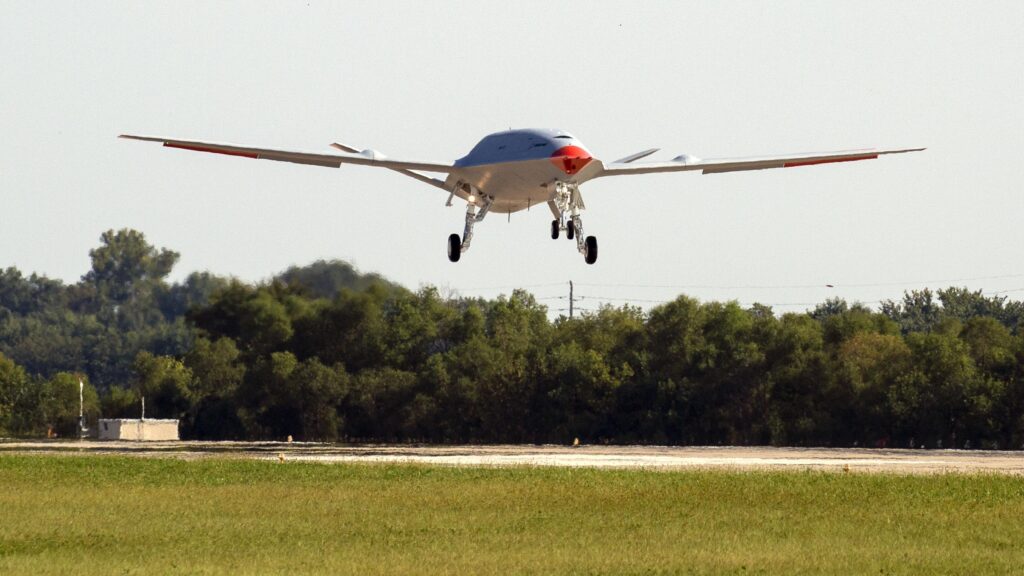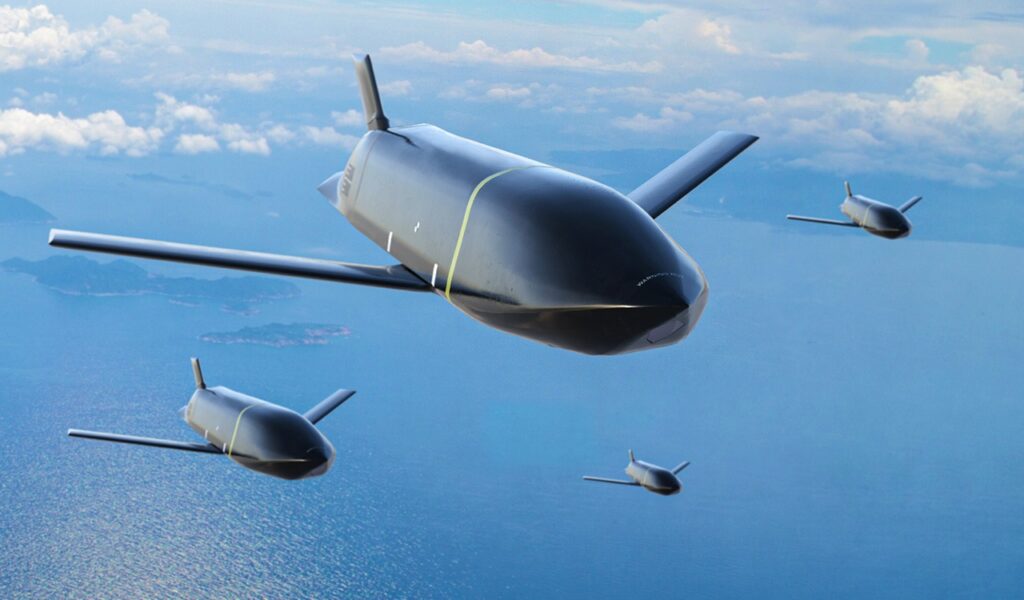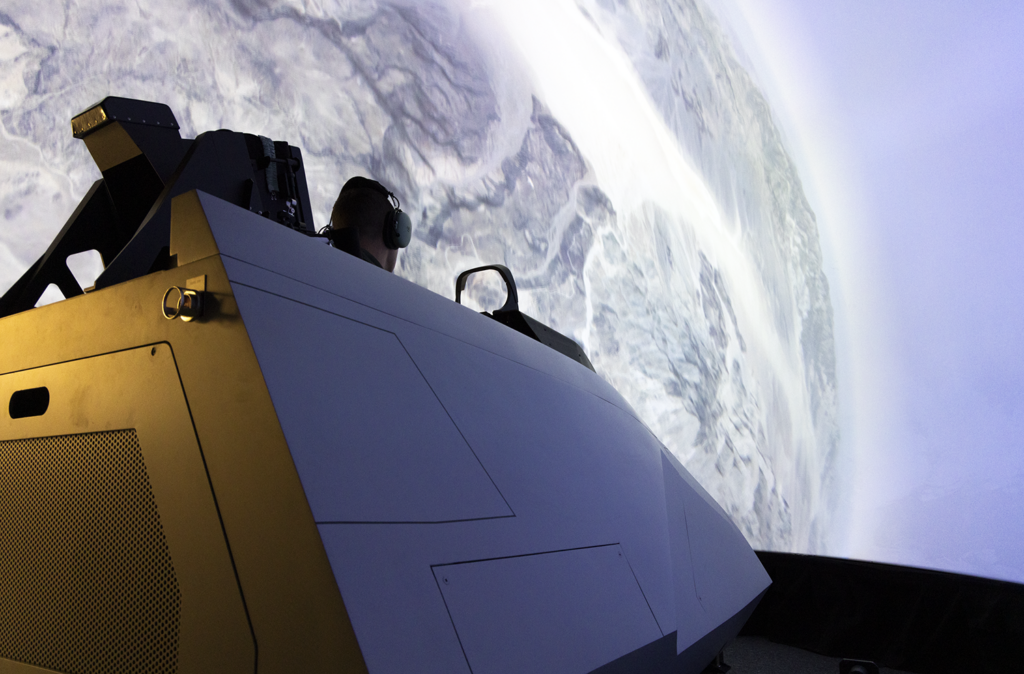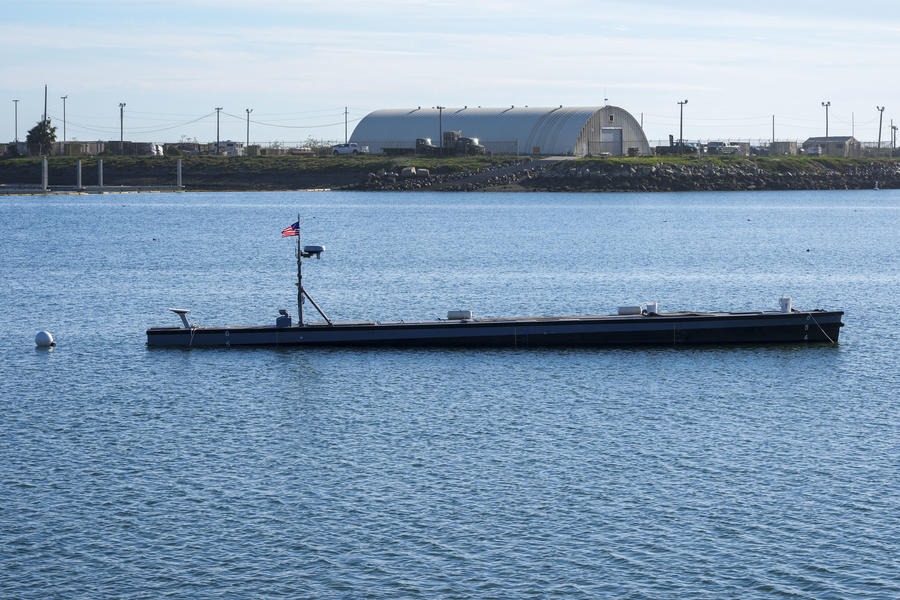Navy Awards Boeing Additional Funds for MQ-25 Drones for Testing

By Richard R. Burgess, Senior Editor
ARLINGTON, Va. — The Navy has awarded Boeing funds to enhance the production of MQ-25A Stingray carrier-based aerial refueling unmanned aerial vehicles, bringing to five the number procured for testing.
The Naval Air Systems Command awarded The Boeing Company a cost-plus-fixed-fee, cost-plus-incentive-fee, fixed-price incentive (firm-target) $657.1 million contract modification for the aircraft, according to a March 29 Defense Department contract announcement.
“This modification adds scope for the production and delivery of two additional MQ-25 System Demonstration Test Article aircraft (air vehicles four and five), to include associated tooling and communication system changes for the Navy,” the announcement said. “Additionally, this modification definitizes obsolescence phase two for non-recurring engineering to address product baseline obsolescence to support low-rate initial production for the MQ-25 Stingray program.”
The MQ-25A is a single-engine carrier-based UAV designed to refuel other aircraft while in flight. The Navy is procuring the Stingray to refuel F-35 Lightning II and F/A-18E/F Super Hornet strike fighters, EA-18G Growler electronic attack aircraft, and E-2D Advanced Hawkeye command and control aircraft.
Procurement of the MQ-25A will allow the Navy to free up Super Hornet strike fighters from the aerial refueling role for their primary combat missions. It also will help preserve the service life of the Super Hornet fleet.
The Navy ordered four development models of the MQ-25A in August 2018, followed by an order for three more in April 2020. The company-owned prototype made its first flight in September 2019 and in 2021 demonstrated its ability to refuel the F-35C, F/A-18E/F, and the E-2D. The September 2022, the Navy awarded Boeing a contract for advance materials for Low-Rate Initial Production Lot 1. Initial operational capability is expected in 2026. The Navy plans to procure 72 Stingrays.





